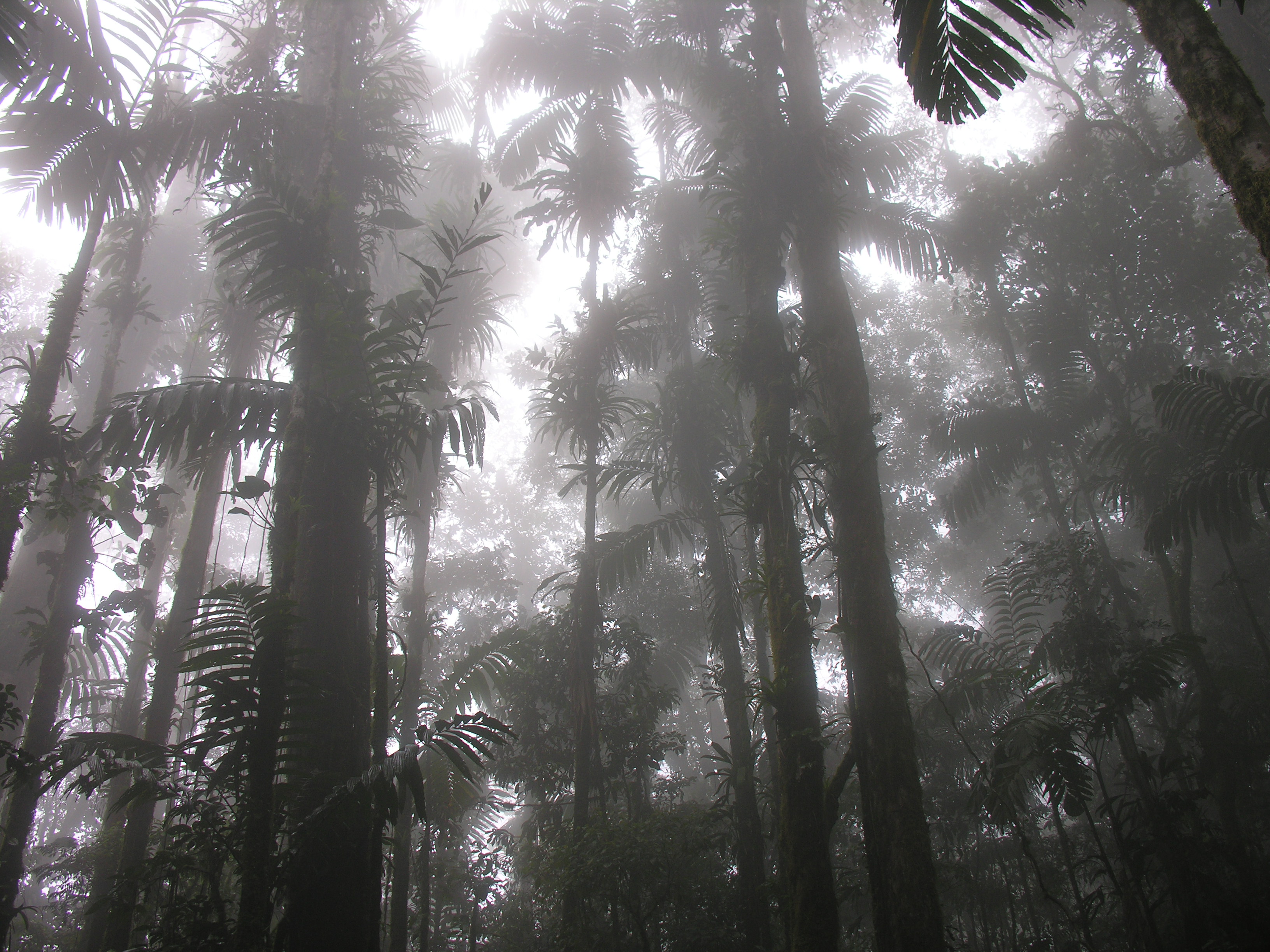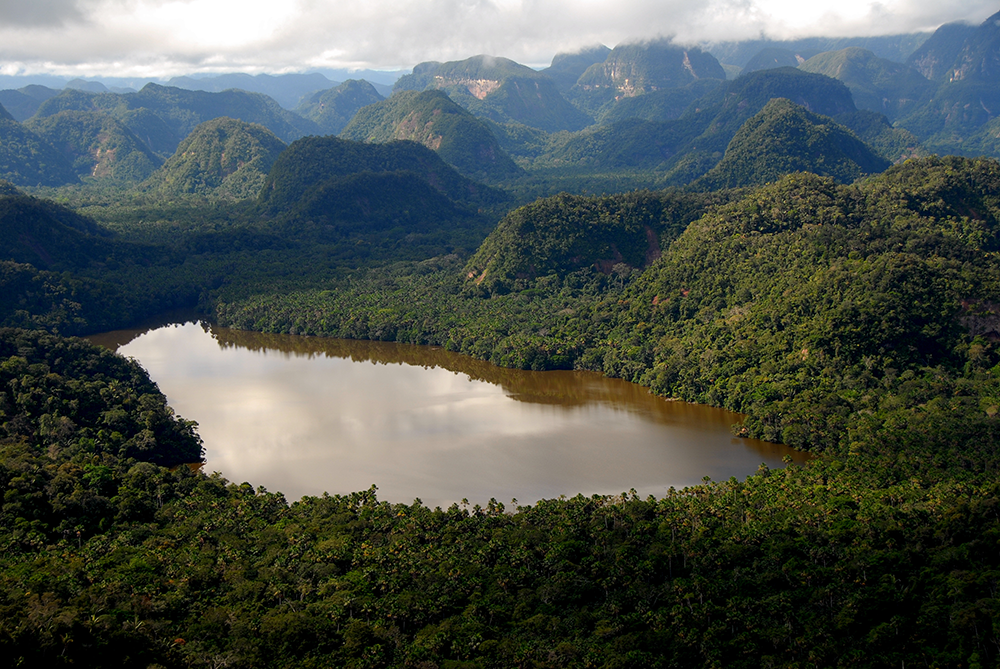


Bien que le PNCA ait bénéficié d'un soutien financier au cours de la période 2008-2013, ces sources ne sont pas considérées comme durables à long terme. C'est pourquoi le CIMA a cherché des mécanismes pour améliorer la viabilité financière du parc, notamment en concevant le projet REDD+ Cordillera Azul. Dans le cadre de ce projet, le CIMA et le Field Museum de Chicago, en tant que partenaire stratégique, ont élaboré un document technique pour vérifier comment le PNCAZ a évité l'émission de plus de 1,6 million de tonnes de CO2 par an provenant de la déforestation, et près de 13 millions de tonnes de CO2 au cours de la période 2008-2015. Cela lui a valu d'être considéré comme un mégaprojet REDD+, validé par des standards internationaux tels que le Voluntary Carbon Standard (VCS) et le Climate, Community, and Biodiversity Standards (CCB). Ces normes ont conféré une légitimité et une crédibilité aux marchés volontaires grâce aux certificats de réduction des émissions de gaz à effet de serre qui n'ont pas été délivrés. Grâce à ces certificats, le projet a pu obtenir son enregistrement dans Markit, un outil de gestion internationale des crédits carbone globaux, ce qui a conduit le CIMA à travailler sur les processus de négociation des crédits carbone dans l'arène internationale.
- L'engagement pour 20 ans d'une ONG en tant qu'organisme d'exécution du contrat d'administration totale du PNCAZ, qui cherche des mécanismes pour assurer la durabilité financière.
- La reconnaissance globale de la contribution des services écosystémiques aux communautés locales et au niveau national, et la promotion de leur valorisation économique, qui a conduit à la création du projet REDD + du PNCAZ.
- Articulation de la structure de cogestion avec un partenaire financier qui permet une plus grande durabilité.
Suite aux processus de négociations internationales sur les crédits carbone, le CIMA s'est assuré, fin 2014, un partenaire financier clé : Althelia Climate Fund, avec qui elle a signé un contrat jusqu'en 2021 au moins. Ce contrat permet au PNCAZ de recevoir un financement pour les opérations du parc tout au long de l'année en échange d'un nombre prédéterminé de crédits carbone générés par le projet REDD+ Cordillera Azul. Cela a permis de développer un mécanisme de durabilité financière qui a permis d'investir dans le renforcement des capacités de gestion de l'aire protégée, la mise en œuvre d'initiatives locales de conservation et d'éducation à l'environnement, et l'investissement dans des activités productives durables menées par les communautés locales et les organisations sociales. Tout cela a permis à la conservation et à la protection du parc de devenir une réalité.